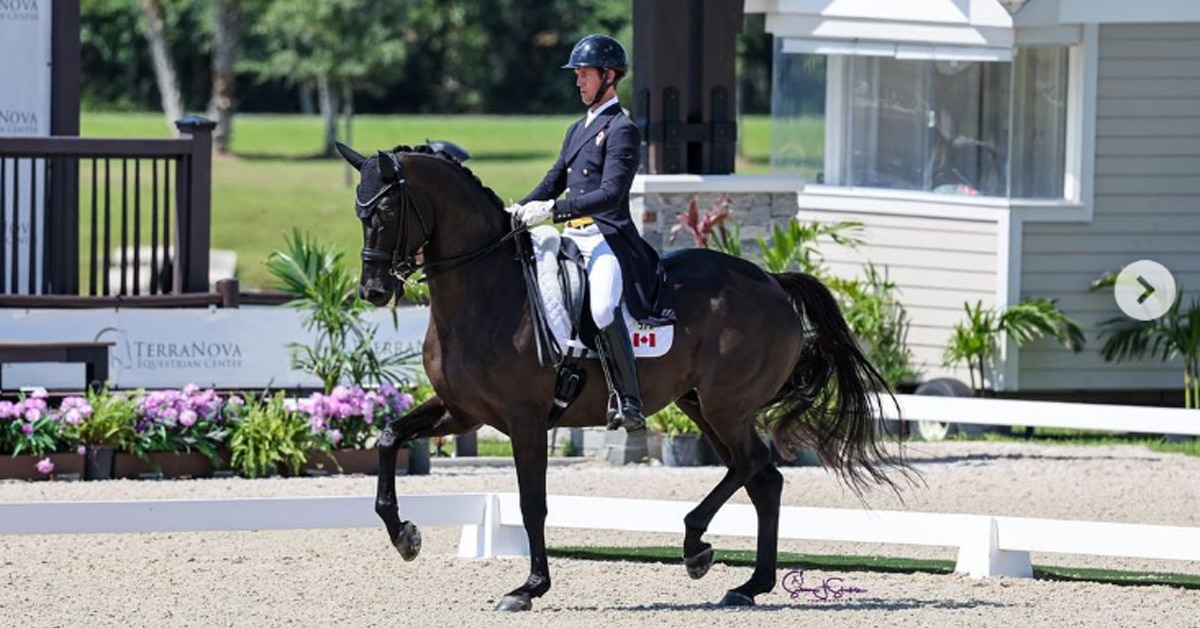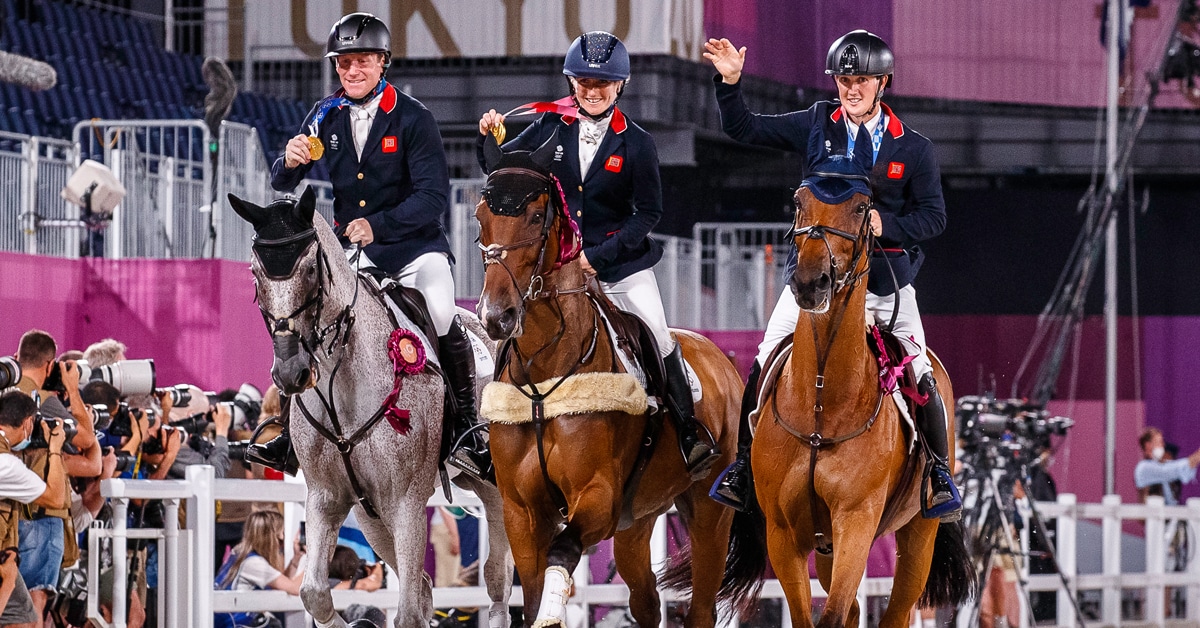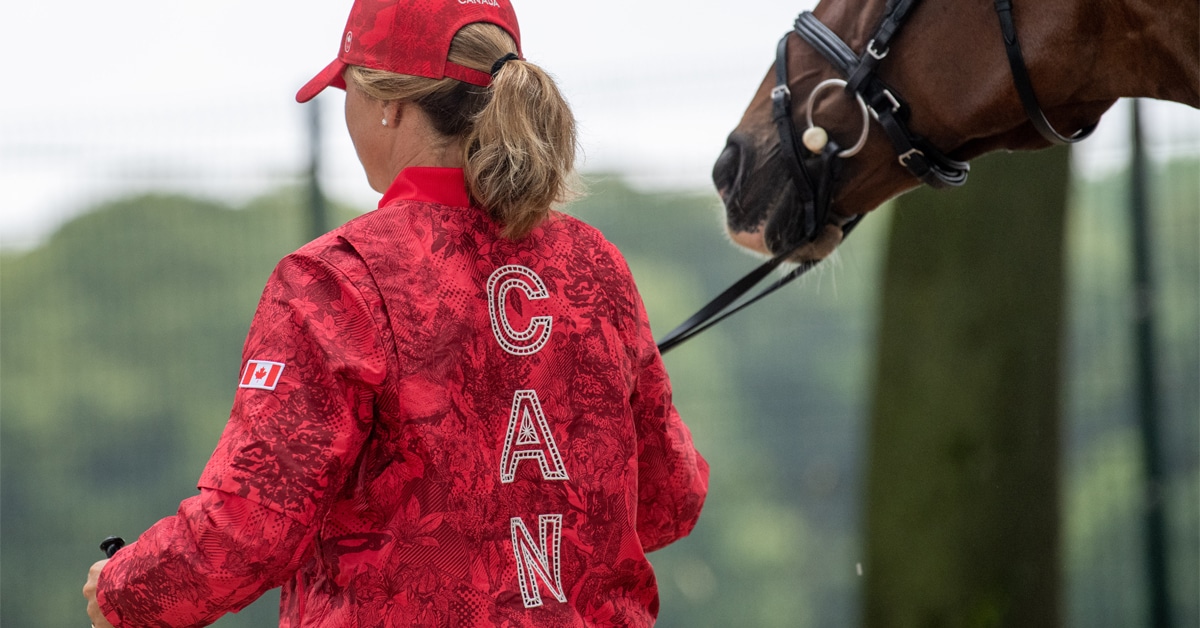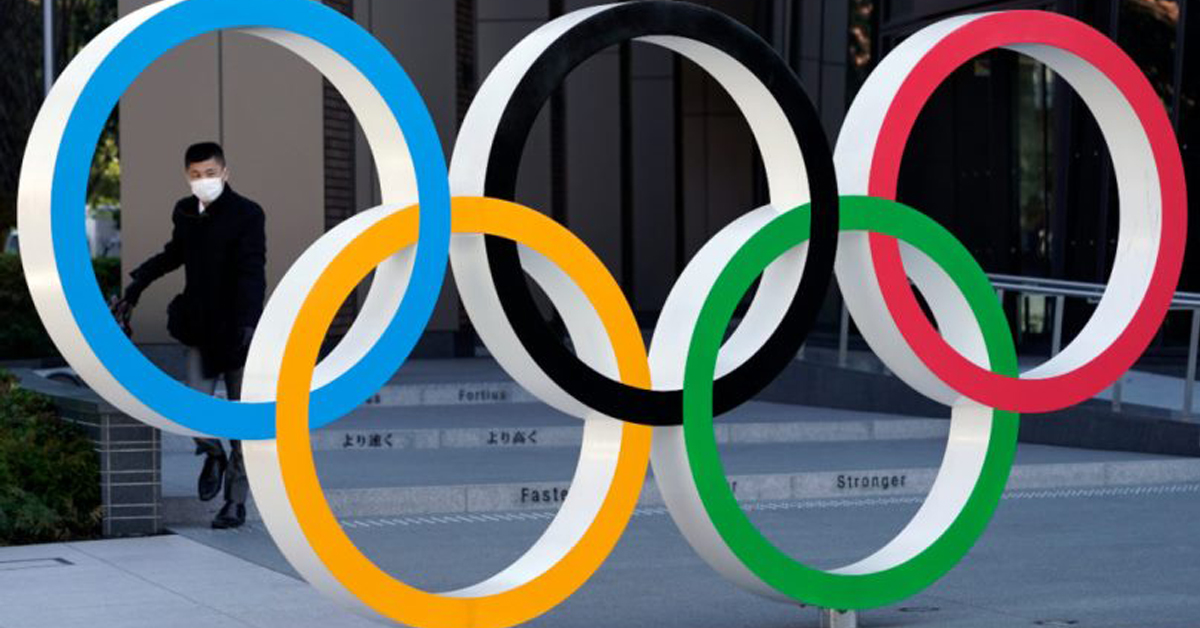In normal circumstances, we would currently be counting down the days to August 4th 2020, the start of the showjumping at the Tokyo Olympic Games. However, the Corona-virus threw a spanner in the works by putting the entire globe under a strict lockdown, causing the Games to be postponed by one year. Hopes are high that Tokyo will be allowed to host the Olympics in 2021, but in the meantime we want to revisit showjumping at the previous Olympic Games held in Rio de Janeiro, Brazil in 2016.
Rio de Janeiro
The equestrian events at the 2016 Rio de Janeiro Olympic Games were held from the 5th of August until the 19th of August. It was the first time in the history of the Games that they were being held in South America. Initially, there was concerns for health, safety and security, however experienced no major incidents during the events thanks to the outstanding organising committee.
First Qualifying competition
Seventy-five combinations attempted the fair, but tough track built by Brazilian course designer, Guilherme Jorge, 67 of which crossed the finish line. That means that 8 horse-rider combinations were out of contention for the individual competition. Twenty-four combinations managed to reach the finish without penalties, three of them Brazilian which made the crowd go wild.
Second Qualifier and Team competition
The second individual qualifier and team competition were held over two rounds. Team France won the gold by putting in an incredible performance ending on a total score of 2 penalties. Kevin Staut aboard Reveur de Hurtebise pulled off a beautiful double clear, while Roger Yves Bost picked up just the one time penalty in each round riding Sydney Une Prince. Philippe Rozier in the saddle of Rahotep de Toscane saw one fence fall to the ground in round one, resulting in four faults, but left all the obstacles upright in the second round, finishing solely on 1 time fault. Penelope Leprevost did not have the best start to the Games as she was one of the eight riders who didn’t reach the finish line of the first qualifying competition. An unfortunate miscommunication with her mare Flora de Mariposa caused her to fall and with that her chances for an individual placing. However, she came back stronger than ever by putting in a foot perfect clear and did not even have to compete the second round to secure the gold medal for team France.
The silver medal was for Team USA acquiring a total of five points over two rounds. McLain Ward put in a lovely performance jumping clear in each round with HH Azur , while Kent Farrington and Voyeur, too, left all fences upright, but picking up one time penalty in the second round. The young Lucy Davies riding Barron also put in a beautiful, clean first round, with just 4 faults in the second. The drop score in the first round were the 8 faults sustained by Beezie Madden and Cortes C, who had to be withdrawn prior to the second round due to an injury sustained in the previous round.
After two rounds, both Germany and Canada found themselves on a total score of 8 faults which meant that there had to be a jump-off for the bronze. Canada’s Yann Candele was first to go in the jump-off riding First Choice 15 to four faults, while Germany’s Christian Ahlmann, world number one at the time, jumped clear aboard Taloubet Z. Next to go for Canada was Tiffany Foster with Triple X III who left all the fences intact, just as Meredith Michaels Beerbaum did for Germany with Fibonacci. Amy Millar and Heros had an unfortunate fence, which meant Daniel Deusser’s clear round with First Class Van Eeckelghem secured the bronze medal for Germany, without the teams’ fourth riders, Ludger Beerbaum and Casello for Germany and Eric Lamaze aboard Fine Lady 5 having to jump.
The Final
After two days and three rounds of competition, the top 35 horse-rider combinations got a clean slate and were allowed to compete in the final over two rounds. Thirteen combinations managed to stay clear in the first round, while fourteen picked up four faults on the way. These 27 riders got to return for the second round, but as Harrie Smolders decided to withdraw Emerald, only 26 of them came to the start.
Finally, only six combinations had managed to stay clear over the two final rounds and had to jump a jump-off round to determine the medals. First to go in the jump-off were Great Britain’s Nick Skelton and Big Star, who put in a very fast clear round in 42.82 seconds putting the pressure on the following riders. Defending Olympic champion, Steve Guerdat and Nino des Buissonnets for Switzerland unfortunately knocked down the first fence, clocking in at 43.08 seconds. Next to go was Qatar’s Sheikh Ali Al Thani riding First Devision who ended on 8 faults in a time of 45.03 seconds. Then it was up to USA’s Kent Farrington with Voyeur, who hadn’t touched a single pole during the previous days but racked up 8 faults at the first and last fence of the jump-off. Fifth to go was Sweden’s Peder Fredricson and All In who managed to pull off the second triple clear in this final in 43.35 seconds, which was not quick enough to beat Nick. Finally it was up to Eric Lamaze and Fine Lady 5 who were faster than Nick Skelton and Big Star with a time of 42.09 seconds but unfortunately knocked the penultimate fence down. This thrilling jump-off saw 58 year old Nick Skelton speeding to Olympic Gold alongside his partner Big Star. Silver was for Sweden’s Peder Fredricson with All In, while the bronze medal went to Canadian Eric Lamaze on Fine Lady 15.
The Olympic Games are such a highlight in any athlete’s career, but also worth the while for spectators. Even though it is a shame the Games cannot take place this year, we will be hoping to see them go on next year.
More from News:





